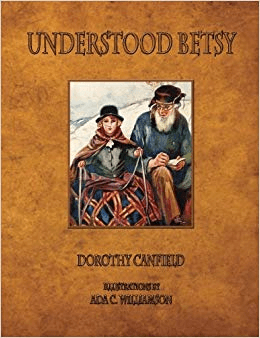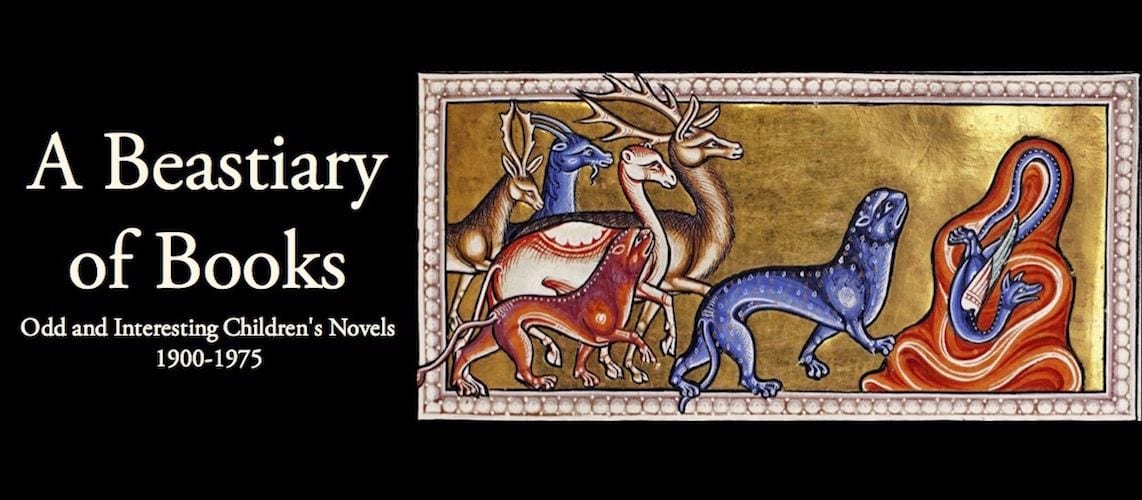 City-bred Elizabeth Ann (later styled “Besty”) lives with her nervous, overprotective aunts, until circumstances require her to go live with Vermont relatives. The relatives expect her to be capable and self-reliant, and little by little she proves them right.
City-bred Elizabeth Ann (later styled “Besty”) lives with her nervous, overprotective aunts, until circumstances require her to go live with Vermont relatives. The relatives expect her to be capable and self-reliant, and little by little she proves them right.
This could easily be mistaken for a knock-off of Rebecca of Sunnybrook Farm (1903) or Anne of Green Gables (1908), in which a young girl goes to live with stern rural elders and learns valuable lessons of simple living and hard work. But though superficially similar, the underlying world-view is quite different.
Canfield was born in 1879 to an artist/writer mother and a history professor father. She did doctoral work in Paris and earned her PhD at Columbia University, spoke five languages, and was noted in literary circles. She was a radical for her time, championing sexual and racial equality, humanitarian work during the war, educational reform, and life-long learning. Canfield went to Rome and brought back Maria Montessori’s teaching methods to the U.S., and these ideas strongly influence Understood Betsy.
The theme of the story is not, like so many girls’ books of the era, that Betsy needs to knuckle under to someone else’s value system, but that she needs to use her own brain to figure out what ought to be done, and find the backbone to do it.
At the tiny local school, children are not lock-stepped into a particular grade, but instead are given work appropriate to their ability. Betsy is shocked at this casual dismissal of the “right” way to do things in favor of what makes sense. In another episode, Betsy and a smaller child are accidentally left behind at a county fair, and Besty suddenly finds herself in the role of the responsible one. Pushed to thinking for herself, she snags a pick-up job washing dishes at a food booth, and earns enough money for their train fare home.
To be sure, the portrait of the witless city-dwellers, who learn about “modern” child-rearing through correspondence courses and reassure the child that she needn’t be so very frightened of things it hadn’t occurred to her to be frightened of, is unfair; but it’s also kind of hilarious.
Even when she is being didactic, Canfield’s writing is skillful and interesting. Because of her wide and deep literary education, she had more tools in her literary toolbox than most children’s writers of her time, and it shows in the pleasure of reading her on a sentence-by-sentence level.
Canfield took the traditional “child fobbed off on relatives” tale and used it to say something fresh and interesting — not only that, she managed to do some awfully good story-telling.
